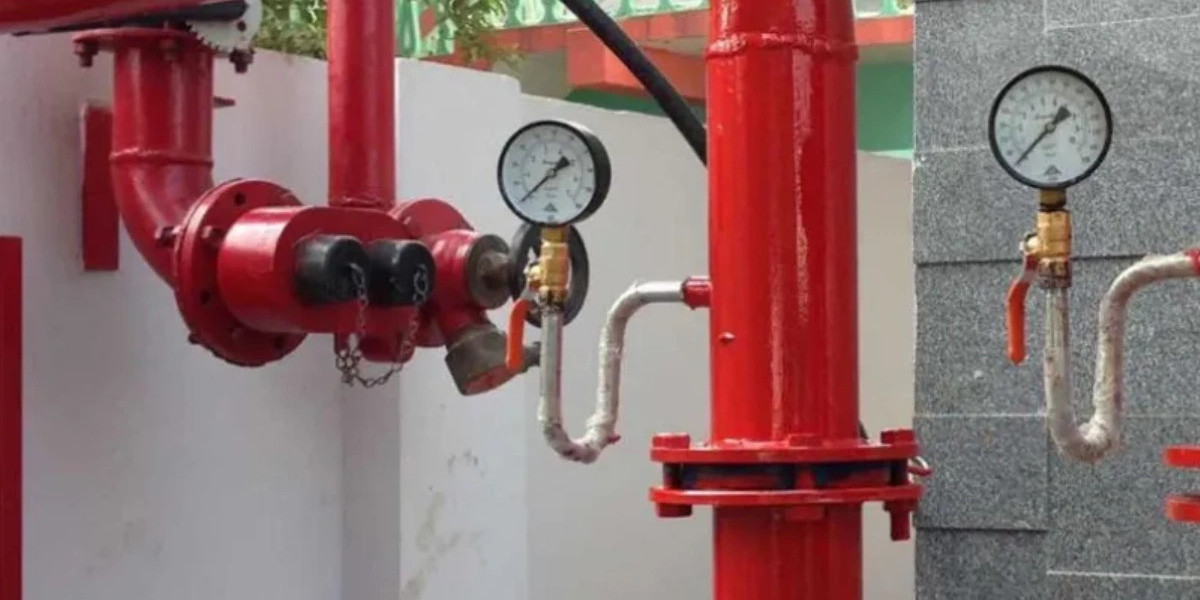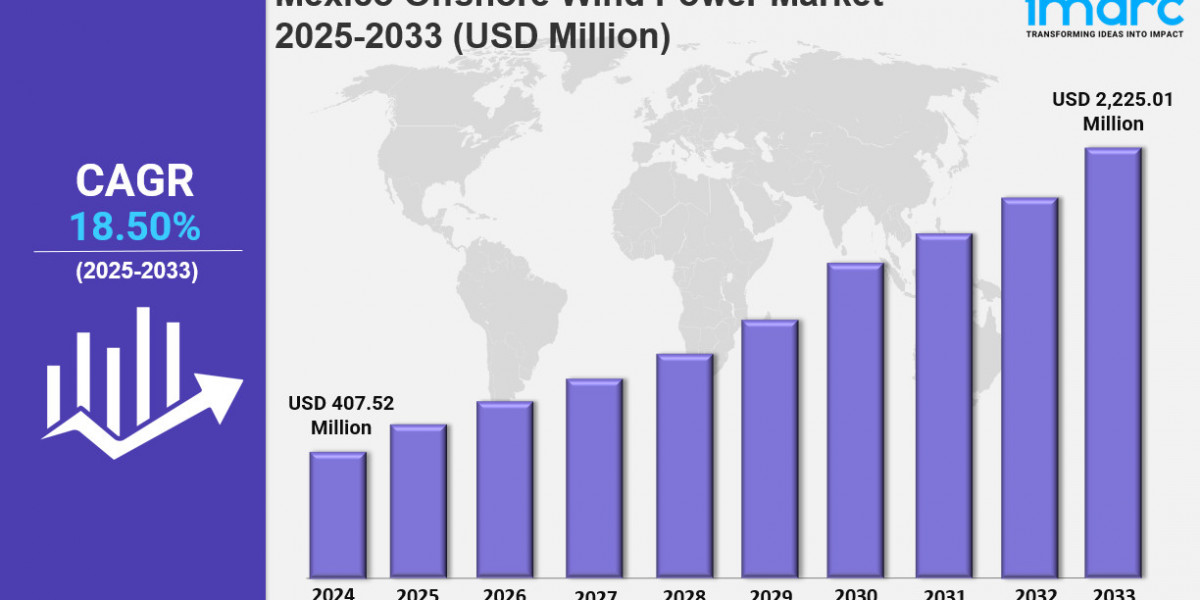A fire hydrant system is one of the most critical components of a building’s fire protection strategy. When installed correctly, it ensures that emergency responders have immediate access to high-pressure water when a fire breaks out. But even the best-designed system can fail if not installed properly. Unfortunately, many buildings suffer from fire safety issues due to installation errors that go unnoticed until a real emergency strikes—when it’s too late.
In this blog, we’ll explore the most common installation mistakes in fire hydrant systems and how you can avoid them to ensure maximum safety, performance, and regulatory compliance.
Why Proper Installation Matters
A fire hydrant system is more than just hydrant valves and pipes. It’s a carefully engineered network that includes fire pumps, R.R.L. fire hoses, hose boxes, thermoplastic hose pipes, couplings, nozzles, and control valves—all designed to work together seamlessly.
Proper installation ensures:
- Adequate water pressure and flow
- Reliable operation during emergencies
- Compliance with fire safety standards
- Reduced maintenance and repair costs
- A safer environment for occupants and property
Even one faulty connection or incorrect placement can compromise the entire system. That’s why understanding installation pitfalls is crucial.
1. Incorrect Placement of Hydrant Points
Common Mistake:
Hydrant valves (landing valves) are sometimes placed too far from access points, behind obstacles, or at improper heights. This makes it difficult for firefighters to connect hoses quickly during an emergency.
How to Avoid It:
Follow NBC guidelines and ensure hydrant points are placed at:
- Visible and easily accessible locations
- Appropriate heights for quick hose connection
- Strategic spots to provide maximum coverage
Always consult certified fire protection professionals to finalize placement.
2. Using Low-Quality or Non-Certified Components
Common Mistake:
Many installers use low-grade pipes, unapproved R.R.L. fire hoses, or non-certified couplings to cut costs. These components may leak, burst, or fail under pressure.
How to Avoid It:
Only use ISI-marked, certified, and approved components, including:
- R.R.L. fire hoses
- Thermoplastic hose pipes
- Delivery hose couplings
- Branch pipes
- Landing valves
Quality components ensure durability, reliability, and compliance.
3. Improper Pump Installation and Calibration
Common Mistake:
Fire pumps are often installed without proper alignment, calibration, or pressure settings. Incorrect pump size or capacity also leads to inadequate water pressure.
How to Avoid It:
- Choose pumps based on calculated building load
- Ensure proper alignment and coupling of pump and motor
- Test pump pressure regularly
- Install a jockey pump to maintain line pressure
- Follow manufacturer installation guidelines
A well-installed pump system is the backbone of your fire safety system.
4. Inadequate Water Storage Capacity
Common Mistake:
Many buildings fail to provide sufficient water storage for firefighting needs, especially high-rise structures. This results in low water availability during prolonged fire emergencies.
How to Avoid It:
Ensure your fire water tank meets minimum storage capacity as per building type:
- Commercial buildings require larger tanks
- Industrial facilities need dedicated fire water reservoirs
- High-rise buildings need sufficient overhead and underground tanks
Regularly check tank levels and refill as part of routine fire hydrant maintenance.
5. Poor Pipe Layout and Incorrect Sizing
Common Mistake:
Faulty piping layout, incorrect pipe diameters, excessive bends, or poor welding can restrict water flow and cause pressure loss.
How to Avoid It:
- Use appropriate pipe sizes as per design standards
- Minimize bends and elbows
- Avoid long horizontal runs without support
- Use corrosion-resistant materials
- Conduct hydrostatic pressure tests after installation
A well-designed piping network ensures smooth and uninterrupted water delivery.
6. Neglecting Air Release Valves and Pressure Monitoring
Common Mistake:
Air pockets trapped in pipes can reduce water pressure, while lack of pressure gauges makes it difficult to detect system faults.
How to Avoid It:
Install:
- Air release valves at high points
- Pressure gauges at strategic locations
- Flow switches and control valves for easy monitoring
This ensures optimal system pressure at all times.
7. Lack of Proper Hose Storage and Protection
Common Mistake:
Storing hoses on the floor, in open areas, or inside damaged hose boxes exposes them to dust, moisture, and pests, reducing their lifespan.
How to Avoid It:
Keep hoses safe in:
- Hose boxes
- Hose reel drums
- Weather-proof cabinets
Store R.R.L. hoses and thermoplastic pipes properly to maintain efficiency.
8. No Integration With Fire Alarm System
Common Mistake:
Many buildings install hydrant systems and fire alarm systems separately with no integration. This delays response time during emergencies.
How to Avoid It:
Ensure your fire hydrant system works in sync with:
- Fire alarm control panels
- Sprinkler systems
- Smoke detectors
Integrated systems boost overall fire safety performance.
9. Inadequate Testing and Commissioning
Common Mistake:
Some systems are installed but never thoroughly tested. This leads to failures during real emergencies.
How to Avoid It:
Conduct:
- Hydrostatic testing
- Pressure testing
- Pump flow testing
- Hose reel testing
- Annual fire safety audits
Proper commissioning ensures the system works flawlessly when required.
Conclusion
A fire hydrant system is only effective when installed correctly, with the right components, strategic placement, and professional-quality workmanship. By avoiding common installation mistakes like poor hydrant placement, low-quality components, improper pump configuration, and insufficient testing, you can ensure your building stays safe, compliant, and well-prepared for emergencies.
Partner with a trusted fire equipment supplier and certified fire safety experts to ensure your system delivers optimal performance when it matters most. When it comes to fire protection, investing in proper installation is investing in safety.








